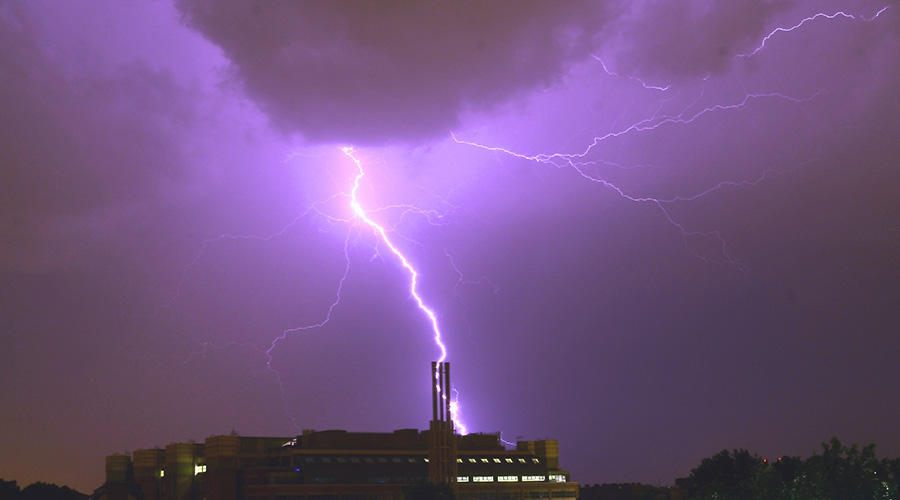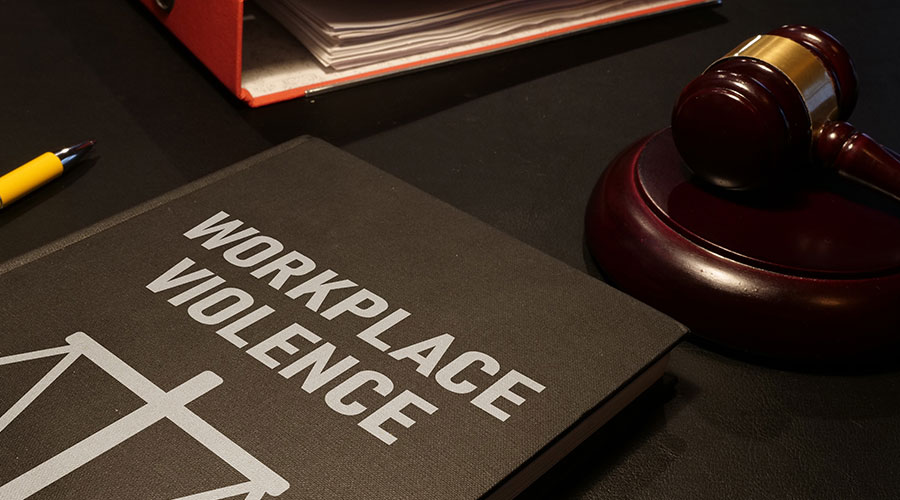Healthcare facilities provide vital services to their respective communities, even during times of inclement weather. However, said weather can impact their operations and even knock out their power. Case in point: severe thunderstorms, which are very common during the spring and summer seasons. Healthcare Facilities Today recently spoke to Chuck Miccolis, managing director of commercial lines at IBHS about how healthcare facilities can prepare themselves for storms.
HFT: How does severe thunderstorm preparation differ for healthcare facilities compared to other types of buildings?
Chuck Miccolis: So, when you are talking about healthcare facilities, there is not a lot of room for error. You need to make sure that the roof stays on and that the water stays out. Really make sure that there is minimal to no disruption of services, and you really do not want to have too much building damage. That can literally mean life or death if the facility is damaged or if it is not functioning at its full capacity.
In addition to hospitals, you have got assisted living facilities, nursing homes, residential homes for the elderly, rehabilitation facilities and other healthcare operations that all play a vital role in serving the health needs of a community. If these types of facilities are not operational, the entire community is going to be suffering. So, it is essential that they harden their facilities and prepare their operations proactively.
HFT: What strategies can healthcare facility managers implement to maintain essential services during severe thunderstorms?
Miccolis: When it comes to hardening a facility, you want to make sure you are addressing that because it will help the buildings stay open and those services be delivered. So many healthcare facilities are built in phases, and some buildings are much older than others, so it is important to understand the resilience of each building.
To have a hardening plan, you want to think about the most vulnerable components of the building, which would be the roofs, the windows, the walls, the doors and rooftop equipment. Then with backup power, you want to ensure that there is availability of power in case it is lost in the surrounding area. Now we know hospitals are often the first type of facility that would get the power restored from the power company, but there still could be a delay in that. Depending on the storm that comes through, that would play into when they will be restored. Some of the other facilities that I have mentioned may not be on the same power grid as a hospital, so they may not get the power restored as quickly.
Related: Microgrids Help Build Energy-Resilient Healthcare Facilities
You also want to look at what the cost will be, what the time frames would be and if you can strategically place out or create a hardening plan. You also want to move expensive equipment away from harm's way. You do not want vulnerable MRI units, CAT scans and ultrasounds next to windows, you want them away. You do not want to have them in buildings that have old wood roofs that have had a history of leaks.
You also want to work with local contractors before any storms happen. This is so you can have roof contractors come out, look at the roof and the other parts of the buildings. Then you can have a service agreement with vendors in the event of a severe storm that comes through to help expedite the recovery.
Also, be aware of the potable water issues and the sewer lines. If you are in a flood zone, you do not want any floodwaters to back up into the building. So, one thing you can do is make sure that the sewer lines have backflow preventers, so the sewage only goes one way and that would be out of the building. Those are really some of the key aspects of what facility managers can do.
HFT: How do healthcare facility managers collaborate with local emergency management agencies, community partners, and suppliers to enhance preparedness and response efforts for severe thunderstorms?
Miccolis: It is important for the healthcare facility managers to work with these local agencies and have partners and suppliers to ensure they are going to remain functional. These types of facilities have to remain open, and they must be operational to support the community, so it is really key to coordinate with these local folks.
Local emergency management agencies should be very familiar with the local healthcare facility’s needs. They need to understand if these facilities are resilient and if they have vulnerabilities. They need to understand what services these facilities may or may not need and what services they may be able to offer the community if they are going to be open. If they are. then great, they will be there for the community. If they are not, then they will need to be evacuated if they are expecting severe damage
Having these issues coordinated and discussed ahead of a storm would really be advantageous for the healthcare facilities themselves as well as the community. The same thing goes with suppliers. If you have suppliers that you are expecting deliveries to the facility from, you want to collaborate with them. This is because you want to make sure that those suppliers are going to be able to deliver the supplies if you are going to be open.
These are all important aspects of having open communication with the community stakeholders in advance so the recovery will be as quick and as painless as possible.
Jeff Wardon, Jr. is the assistant editor for the facilities market.

 Building Disaster Resilience Through Collaboration
Building Disaster Resilience Through Collaboration Amae Health Expands to New York City
Amae Health Expands to New York City Hospital for Special Surgery Opens Two New Facilities in New Jersey
Hospital for Special Surgery Opens Two New Facilities in New Jersey Should We Be Testing Toilet Water in Patient Restrooms?
Should We Be Testing Toilet Water in Patient Restrooms? Healthcare Union Petitions for Increased Staff Safety at HCA Florida Hospitals
Healthcare Union Petitions for Increased Staff Safety at HCA Florida Hospitals